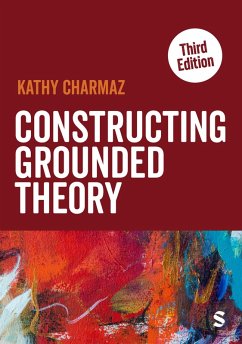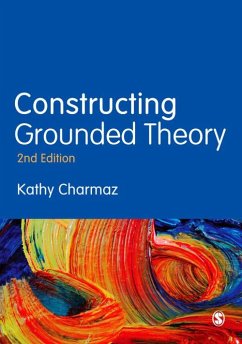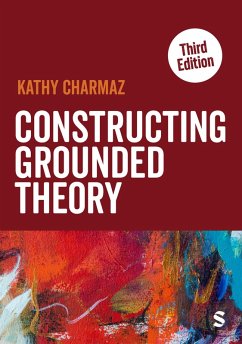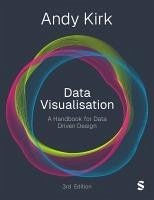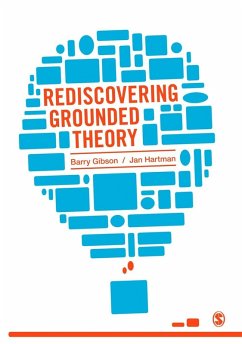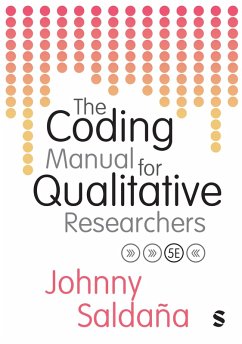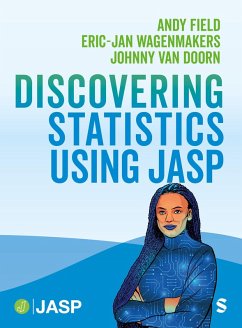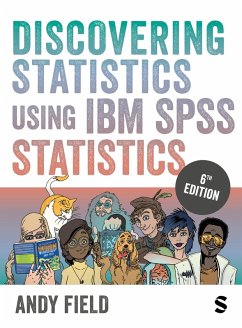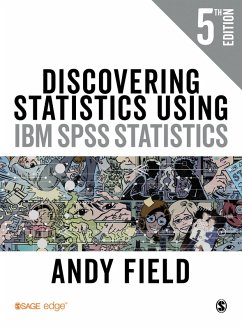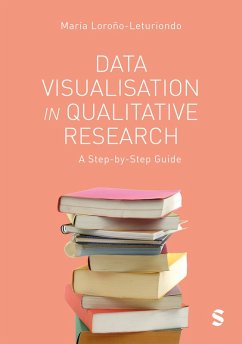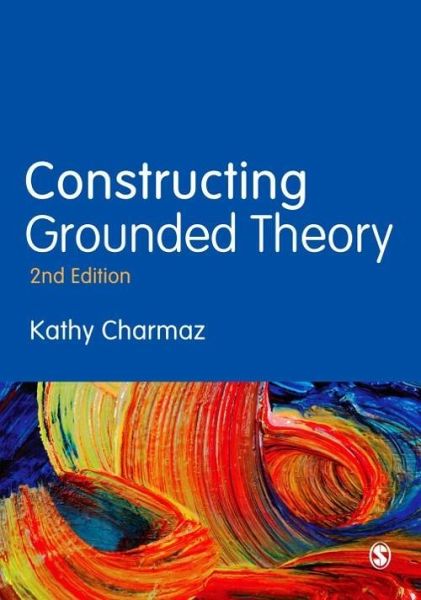
Constructing Grounded Theory (eBook, PDF)
Versandkostenfrei!
Sofort per Download lieferbar
40,95 €
inkl. MwSt.
Weitere Ausgaben:

PAYBACK Punkte
20 °P sammeln!
Kathy Charmaz presents the definitive guide to doing grounded theory from a constructivist perspective. This second edition of her groundbreaking text retains the accessibility and warmth of the first edition whilst introducing cutting edge examples and practical tips. This expanded second edition: - explores how to effectively focus on data collection - demonstrates how to use data for theorizing - adds two new chapters that guide you through conducting and analysing interviews in grounded theory - adds a new chapter on symbolic interactionism and grounded theory - considers recent epistemolo...
Kathy Charmaz presents the definitive guide to doing grounded theory from a constructivist perspective. This second edition of her groundbreaking text retains the accessibility and warmth of the first edition whilst introducing cutting edge examples and practical tips.
This expanded second edition:
- explores how to effectively focus on data collection
- demonstrates how to use data for theorizing
- adds two new chapters that guide you through conducting and analysing interviews in grounded theory
- adds a new chapter on symbolic interactionism and grounded theory
- considers recent epistemological debates about the place of prior theory
- discusses the legacy of Anselm Strauss for grounded theory.
This is a seminal title for anyone serious about understanding and doing grounded theory research.
This expanded second edition:
- explores how to effectively focus on data collection
- demonstrates how to use data for theorizing
- adds two new chapters that guide you through conducting and analysing interviews in grounded theory
- adds a new chapter on symbolic interactionism and grounded theory
- considers recent epistemological debates about the place of prior theory
- discusses the legacy of Anselm Strauss for grounded theory.
This is a seminal title for anyone serious about understanding and doing grounded theory research.
Dieser Download kann aus rechtlichen Gründen nur mit Rechnungsadresse in A, D ausgeliefert werden.




